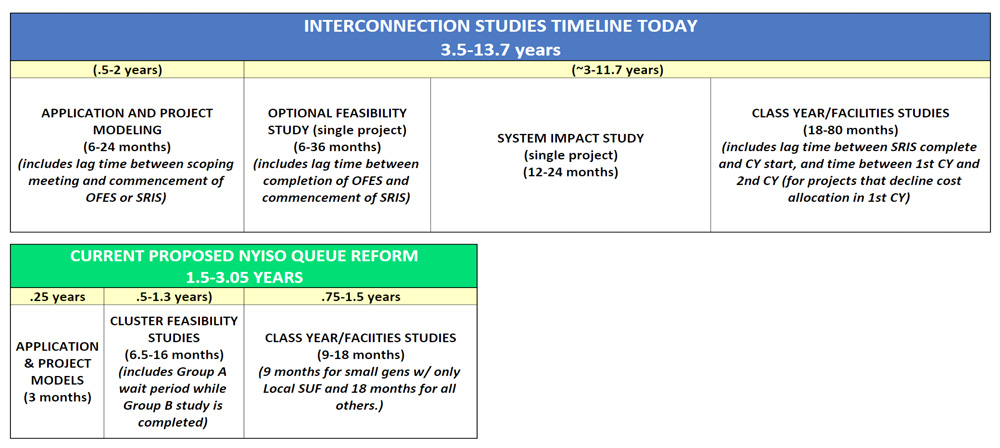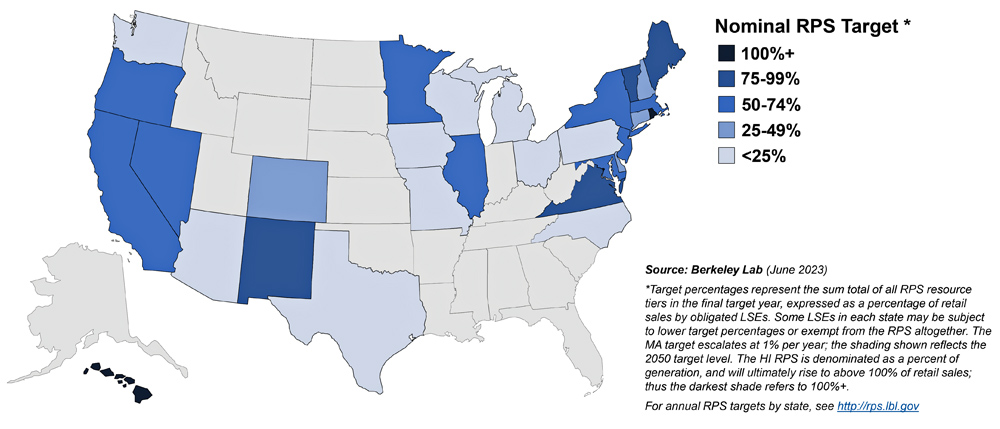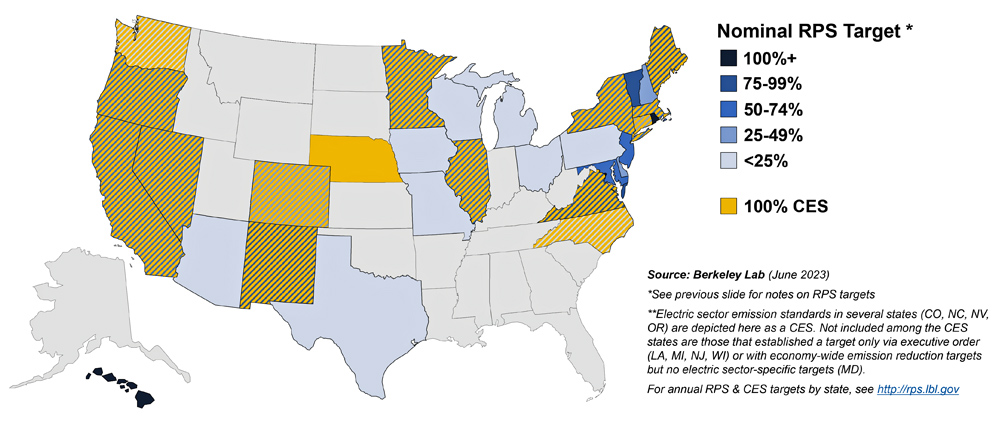A key piece of the puzzle in New York’s energy transition continues to have a major image problem.
A public hearing last week for a 110-MW battery energy storage facility proposed in an eastern suburb of New York City was dominated by nearby residents expressing their fears of fire and explosion.
Misused and substandard lithium-ion bike batteries and chargers are wreaking havoc in New York City. The city Fire Department reports 113 battery fires so far this year, with 13 people killed and 71 injured as a result.
These e-mobility batteries are worlds apart from the regulated and tested systems used in Li-ion BESS projects. But that distinction is seldom made, or necessary, in fire coverage produced by consumer-oriented news media. So, portions of the population do not know the differences between BESS and e-mobility batteries, or they dismiss those differences as irrelevant once they see the word “lithium.”
Bridging this knowledge gap and addressing misconceptions is becoming an important part of developing BESS projects.
Energy storage on a mass scale will be indispensable if the power grid is to be dominated by intermittent wind and solar generation in the next decade, as New York’s leaders plan.
In time, other forms of storage are expected to become technologically and economically viable. But in 2023, the storage buildout is mostly batteries, and most of the batteries being deployed are Li-ion.
NIMBY
The greater good of climate protection may coax grudging acceptance out of people opposed to the aesthetics of solar arrays and wind turbines in their neighborhoods, but fears of explosion and toxic smoke are harder to overcome. In this respect, Thursday’s Department of Public Service hearing on the 110 MW facility proposed by Savion Energy in the Long Island hamlet of Holtsville had exquisitely bad timing:
To the east, a 5-MW BESS in East Hampton had caught fire a month earlier.
To the west, a fire in a Manhattan e-bike shop had killed four people the week before.
And to the northwest, part of a 12-MW BESS system in Warwick was still smoldering, three days after catching fire. A television reporter on the ground for a standup had to leave due to an overpowering odor described as burning glue, but aerial footage showed flames through the roof of one of the BESS containers.
One Holtsville resident spoke Thursday in favor of the project, adding that he was installing a Li-ion system in his home.
But all the other speakers were adamantly opposed, citing Warwick, East Hampton, burning glue smells, blast radii, flames too hot to extinguish, explosive force equivalent to tons of dynamite, unproven new technology and lack of public outreach.
And then the inevitable words, spoken many times and in many ways before: “This maybe is not necessarily a bad thing, but this is a bad location for it … it is not something that we want in our back yards.”
Hundreds of homes are within a mile of the six-acre site but there actually are no back yards in the immediate vicinity, as it is a light-industrial area, bordered by a dozen lanes of interstate highway and an assortment of retail and nonretail businesses.
What appears to worry the residents most stands a quarter mile west of the proposed BESS facility: NYPA’s gas/oil-fired Flynn Power Plant, an LNG terminal and tank, and a petroleum tank farm served by a pipeline.
“If anything should go wrong, half of Long Island would disappear,” one woman said Thursday.
By late Friday afternoon, 56 public comments had been posted on the DPS website. As with the oral comments Thursday, one was in favor, the rest opposed.
All were submitted in the past week, as word spread about the plan.
Education Efforts
The New York State Energy Research and Development Authority is trying to drive further installation of energy storage as it leads the state’s energy transition efforts. The near-term goal is 1.5 GW by 2025, and the energy storage road map target is being revised from 3 GW to 6 GW by 2030.
NYSERDA is aware of public perceptions about BESS and is attempting to counter them with safety and quality-control protocols.
A spokesperson said NYSERDA works with host communities, developers and local, state and federal governments to ensure projects advance responsibly. It inspects any project supported by its programs. Its Clean Energy Siting Team has provided more than 200 free training sessions for local governments on planning and codes compliance.
NYSERDA has partnered with specialized contractors to provide technical assistance on fire safety, and with Underwriters Laboratories and other agencies to develop safety standards and test protocols.
And in June, NYSERDA published separate fact sheets for New York state and New York City explaining the differences between e-bike batteries and BESS. Both explain why BESS is critical to New York’s clean energy future and summarize the regulations that pertain to BESS, which differ between the city and the rest of the state.
The industry advocacy group New York Battery and Energy Storage Technology Consortium considers this type of outreach critical.
“There’s both a lack of information and there’s some misinformation out in the communities,” NY-BEST Executive Director William Acker told NetZero Insider. “We do see reactions that are based on quite a bit of concern. We’ve recently started working with the state and the city a bit more on getting information out to the community.”
It is important that storage developers reach out to residents early in the process, Acker said. “We’ve got a lot left to do as an industry.”
One issue is simply the mystique of a BESS, he said: What is in that row of shipping containers behind the barbed wire fence, and what does it do?
“They have trouble picturing what is a large battery system,” Acker said. “That’s where more education will be valuable.”
He could not speak to the specifics of the Holtsville project, as he is not aware of all of its details, but said the blast equation cited by one Holtsville resident — 110 MW of BESS equals 100 tons of dynamite — is not accurate.
An explosion is a sudden, rapid release of energy, and a large BESS potentially has a lot of energy to release, Acker said. But it should not happen all at once — every system installed in New York state is required to be certified under UL 9540 standards to slow that kind of thermal runaway and cascading failure.
But he added a caveat: “That’s all predicated on the system being installed and built to codes.”
Tragic Results
The same thing can be said for e-mobility batteries: They need to be made well and cared for properly. A lot of fires are blamed on defective or misused equipment.
Many of the ubiquitous e-bikes zipping through the streets of New York City are ridden by people trying to make a living in low-wage jobs in one of the most expensive cities in the nation. They buy what they can afford and recharge it wherever and whenever they can, sometimes improvising unsafely to make ends meet.
Underwriter Laboratories’ Fire Safety Research Institute identifies the common causes of Li-ion thermal runaway as mismatched parts, modifications, uncertified batteries and battery abuse.
And when failures occur, they can happen with stunning speed and intensity.
FSRI set up six interior and exterior video cameras and deliberately overcharged an e-scooter in the living room of a test site. Within 10 seconds of flames becoming visible, the scooter battery exploded, blowing out the windows and sending flames billowing through the structure.
And that is exactly what happened to a New York City man who spoke to The New York Times: When the battery in his secondhand e-scooter died and would not charge, he tried a succession of chargers until one seemed to work. Then the battery exploded. He was hospitalized for two months with severe burns, and his daughter died from smoke inhalation.
Process Continues
Thursday’s hearing was one part of one of the many federal, state, county and town reviews facing the Holtsville BESS project.
Holtsville Energy Storage LLC, a wholly owned subsidiary of Savion, in March petitioned the state Department of Public Service for a certificate of public convenience and necessity for the project. (Case 23-E-0142.)
It asked for a lightened regulatory regime and an expedited proceeding, as DPS has granted in other cases involving exempt wholesale generators.
Notwithstanding neighbor opposition to the project itself, no procedural objections were raised at Thursday’s hearing.
On Friday, a DPS administrative law judge granted the request, ruling that no requests had been made for an intervention in the proceeding or an evidentiary hearing and no material issues of fact were raised that would require either.
Savion, part of Shell, did not return a request for comment for this story.
The Holtsville Energy Storage petition estimates the total project cost at $160.6 million and says it will be covered through sponsor equity, tax equity and debt financing.
The BESS would be 124 Li-ion battery containers separated by distances that meet or exceed UL 9540a fire propagation standards. There would be switchgear for a 138-kV interconnection at an existing LIPA substation nearby.
The developer hopes to begin construction in late 2024 and begin operation in winter 2025.


